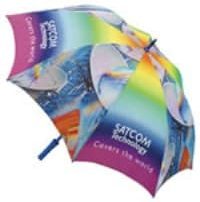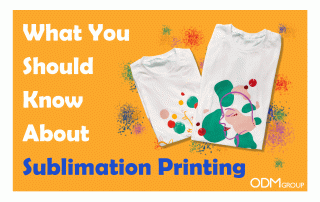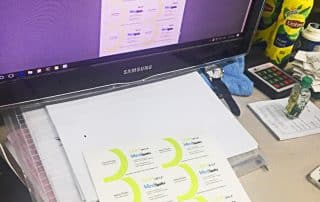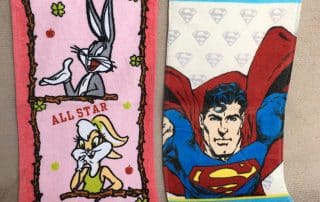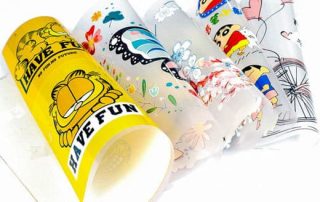When it comes to printing promotional products such as shirts, towels and other types of garments, there are different techniques available. And one of these printing or decoration methods is Direct-to-Garment Printing (DGT).
In this blog, we will discuss this printing method, its pros and cons, and its difference from other methods available today. So, let’s get started.
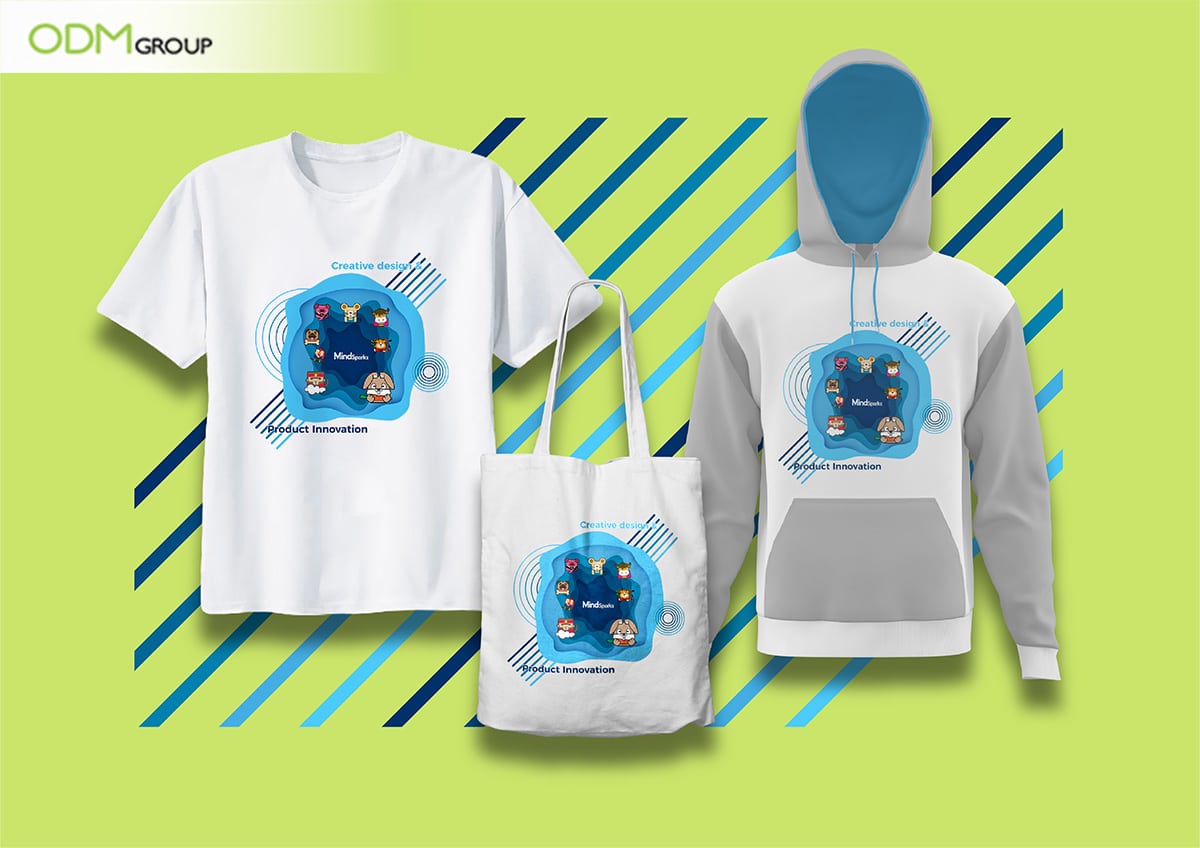
What is Direct to Garment Printing?
Direct-to-garment printing is a modern way of creating designs on garments. It first appeared in the 1990s.DTG became commercially available in 2005, but it has only recently become a viable alternative to traditional production methods, with only a few t-shirt printers offering it.
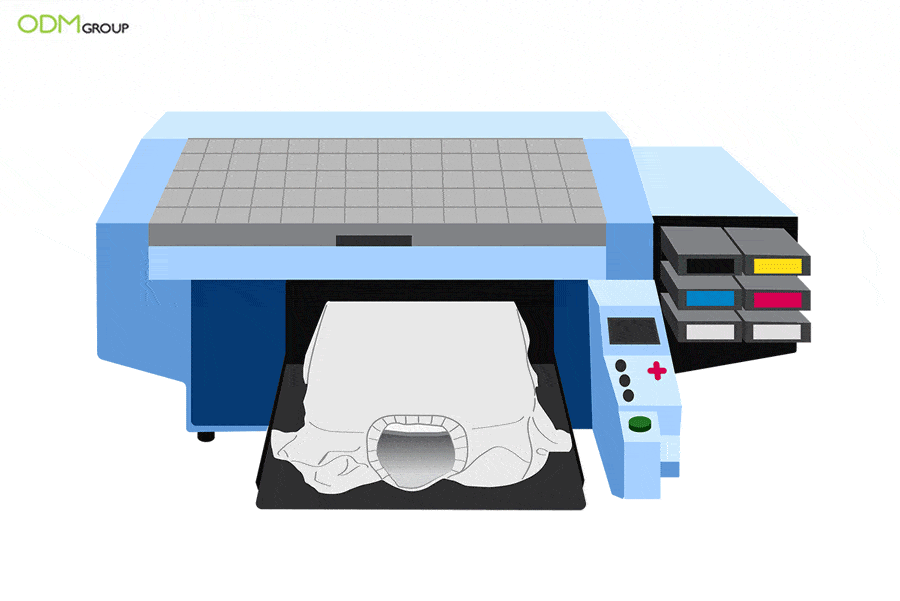
This method, as the name implies, uses ink to print directly onto the fabric or item of your choice. It absorbs directly into the fabric’s fibres, so you don’t feel the design or ink when you touch it.
DTG printing produces outstanding and amazing colours on both light and dark-coloured garments.
How is Direct to Garment Printing Done?
Most likely, DTG sounds new and intriguing to most businesses, especially startups. Therefore, here’s a step-by-step guide on how this method is being done by manufacturing/printing companies.
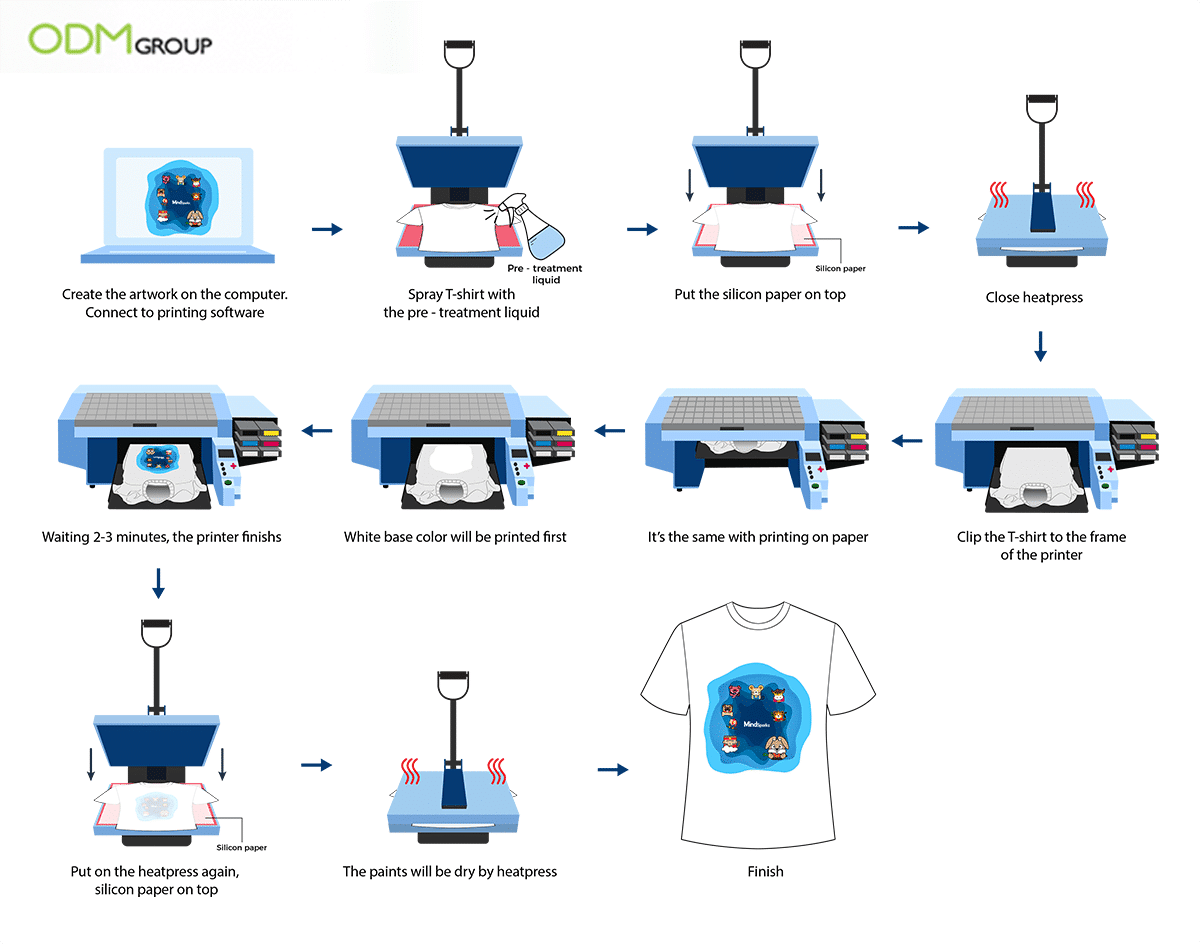
Step 1: Create your desired design.
Decide the design you want to transfer to the garment.
Create the artwork on the computer and connect it to printing software.
Step 3: Heat press the pretreated garment.
Heat press the pretreated garment to flatten the textile fibres.
Put the silicone paper on top and close the heat press.
Step 5. Print the design.
Hit “ print” and automatically print your design from the printer queue.
The white base colour will be printed first then, the CMYK colours are printed over it.
Wait for 2-3 minutes.
Step 2: Spray the garment with pre-treatment ink.
Spray the garment with pretreatment liquid before printing.
This helps “lock” the ink with the textile fibres and increase colour vividness.
Step 4: Secure the garment on the printer.
Position your pretreated garment onto the printer.
Flatten the garment, ensuring there are no wrinkles.
Step 6: Cure the garment.
When printing is finished, the garment will be cured using the heat press.
Once the ink is set, direct-to-garment printing is done.
The shirts are ready for shipment.
Direct-to-Garment Printing: The Pros and Cons
Every printing technique has its advantages and disadvantages. To get the full picture and better understand this method, let’s look at some of its strengths and weaknesses.
| PROS | CONS |
|---|---|
|
|
|
|
|
|
|
|
|
|
Direct-to-Garment vs. Other Printing Methods
As mentioned, there are a lot of options available in customising prints on garments. But what’s the different between DTG and these other printing methods?
Direct to Garment vs. Screen Printing
DTG and screen printing produce high-quality prints, but their methods and costs differ. Screen printing layers the ink on top of the fabric, whereas DTG sprays the ink into the garment.
Most importantly, DTG allows for on-demand order fulfilment with no upfront costs, whereas screen-printed products are ordered in bulk.
Direct to Garment vs. Dye Sublimation
Sublimation printing employs a distinct process that differs from DTG. Instead of printing liquid ink onto fabric or film, a solid ink substance transitions from a solid to a gas without ever becoming a liquid.
The image is printed on transfer paper before being applied to the fabric. The ink is heated until it melts into the fabric’s fibres.
Direct to Garment vs. Heat Transfer
The primary distinction between DTG and heat press printing is that DTG uses heat transfer printing to print on a garment while it is still on the press.
In comparison, a heat press involves pressing fabric with a heated roller and then pressing the design into the fabric with a heated iron.
The heat transfer method allows bulk orders whilst DGT is applicable for limited orders only.
Learn more about the printing methods we have today:
According to Polymer Properties Database, Polyester or polyethene terephthalate (PET) is a high-performance and crystal-clear thermoplastic. It is made from ethylene glycol and dimethyl terephthalate (DMT).
As much as gold adds to the aesthetic value of the product, there are many considerations you have to think of. Here’s the breakdown.
Laser engraving is a unique printing method that uses a laser to create high-quality permanent markings on metal surfaces. Learn more about the process here:
Acid etching is the process of cutting a hard surface, like metal, with the use of specially formulated acid for etching (etchant) to create a design on the metal.
Pad printing is a decoration method also known as tampography as it utilises silicon pads to transfer an image to the promotional product. For more details, check out the blog below:
Produce vibrant designs for your garments through plastisol ink used in plastisol printing. Find more details about this printing method in the blog below:
To Sum It Up,
On-demand DTG printing is your best bet for a simple way to successfully grow your business. It’s simple to introduce new designs to your store using this printing method, and you don’t have to worry about keeping stock or shipping the items yourself.
Although direct-to-garment printing has limitations, it is an effective choice for high-quality promotional garments when the right garment and quantities are used.
Contact ODM
Get your business up and running in no time with this innovative way of printing promotional products.
If you’re looking to find a creative agency that will assist you in customising your products, ODM is here to help! We have an in-house creative team, Mindsparkz, that will work closely with you from product brainstorming to sourcing and production.
ODM is a promotional product development company founded in 2003. We offer a wide variety of services such as gift with purchase, purchase with purchase, or giveaway merchandise ideas and point of sale, point of purchase, and free-standing display units.





